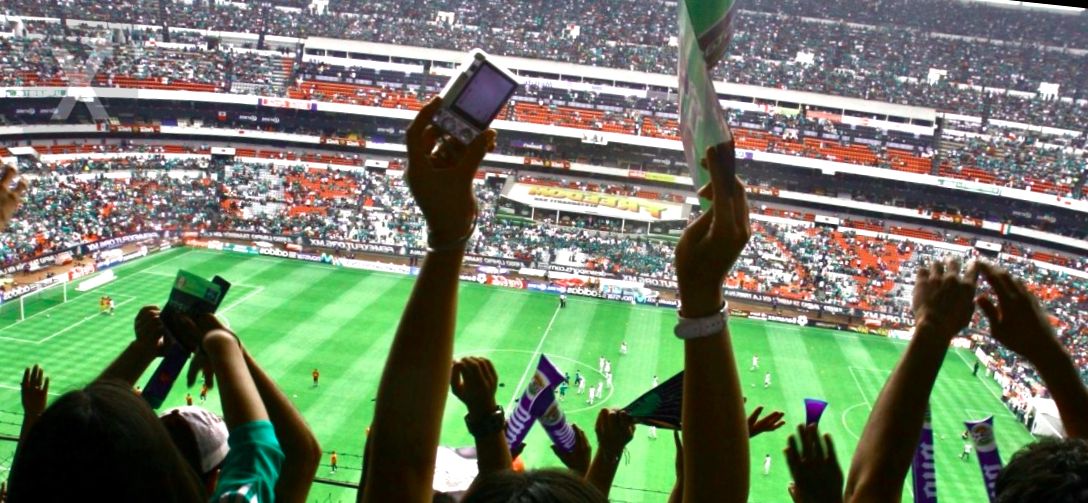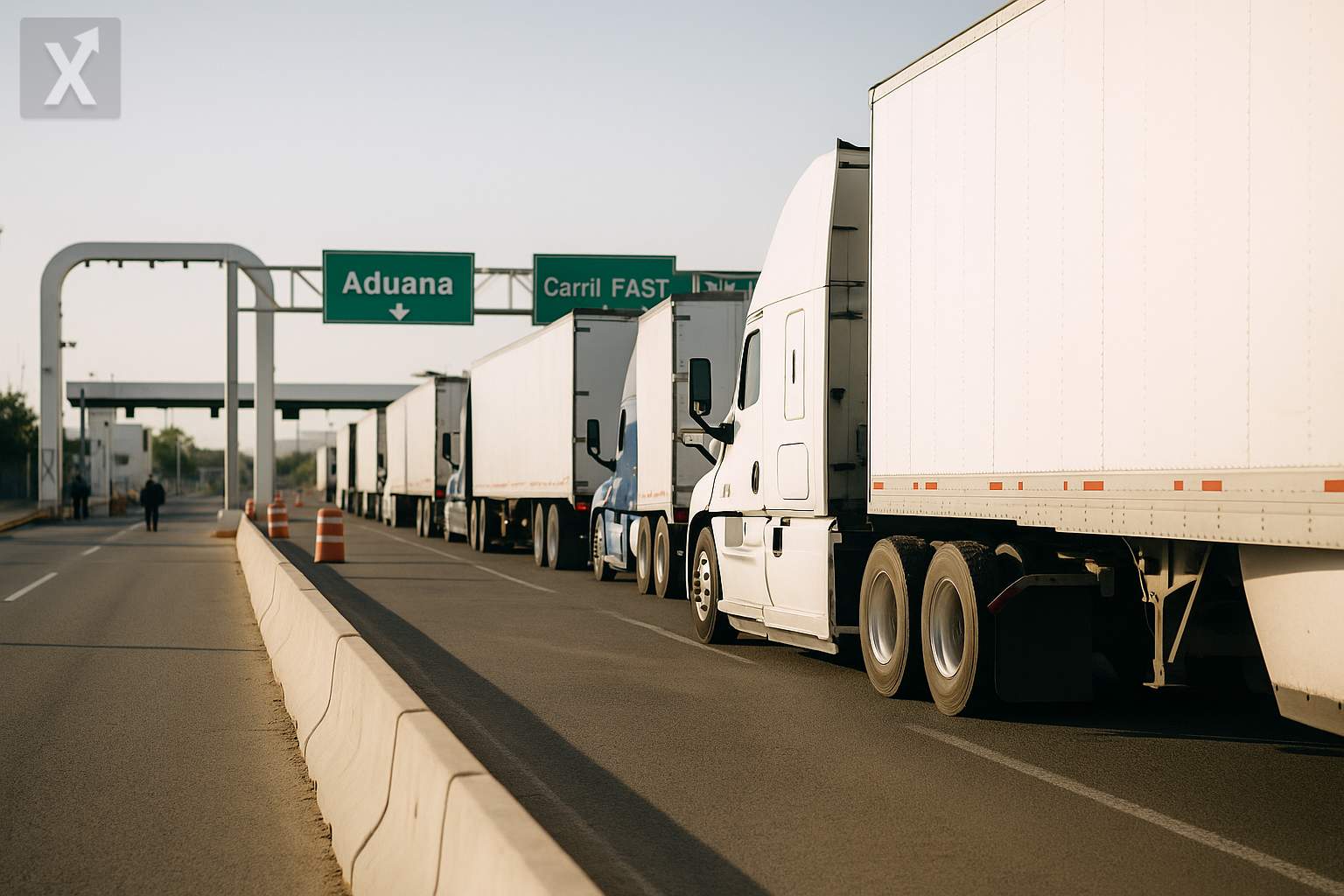Mexico Reduces Public Infrastructure Investment One Year Before the 2026 World Cup

One year before Mexico, together with the United States and Canada, hosts the 2026 FIFA World Cup, recent indicators show a significant reduction in federal public investment allocated to infrastructure. According to data from the Ministry of Finance and Public Credit (SHCP), spending on physical investment during the first four months of 2025 saw a 19% decline, after having grown notably by 27.6% over the same period in 2024. This decrease marks the steepest drop in physical investment since January-April 2019, when the contraction was 16.8%.
Public finance experts link this trend to two main factors. On one hand, the final year of President Andrés Manuel López Obrador’s administration has focused on completing flagship projects like the Maya Train and the Dos Bocas refinery, which diverted significant resources toward these developments. On the other hand, the administration of President-elect Claudia Sheinbaum is currently in a planning and bidding phase for new major railway and energy projects, limiting immediate investment flows and reflecting efforts to achieve fiscal consolidation.
According to historical records from the SHCP, public investment in infrastructure as a proportion of Gross Domestic Product (GDP) has not exceeded 4.5% since 2014. In recent years, this figure has remained low, standing at 3.0% in 2024 and 2.8% in 2023. Analysts warn that, despite a possible acceleration in investment in the months ahead—once projects currently out for bid begin execution—Mexico continues to face a structural lag in this area. This situation is especially relevant in light of large-scale international events such as the World Cup, which are typically catalysts for the long-term development of infrastructure in transportation, logistics, tourism, and public services.
The drop in public infrastructure investment comes at a time when the Mexican economy is displaying signs of a slowdown and faces persistent challenges, such as logistical bottlenecks and energy sector constraints. Opinion leaders such as Oscar Ocampo from the Mexican Institute for Competitiveness (IMCO) warn that this trend is limiting the country’s growth potential and opportunities to capitalize on the global attention brought by the tournament.
Locally, host cities like Mexico City, Monterrey, and Guadalajara are preparing to boost their own revenue collection through taxes and fees. However, experts note that these efforts are unlikely to make up for the shortfall in federal funds earmarked for public works, especially as infrastructure and service needs are set to increase. In addition, recent years have seen a decline in investment directed toward recreation, culture, transportation, and tourism, which could affect visitor experience and Mexico’s international image.
Looking ahead to the 2026 World Cup, analysts and observers agree on the importance of reactivating infrastructure investment to maximize the event's economic and social benefits. Building and modernizing transportation networks, public spaces, and basic services not only enhance capacity for hosting and mobility during the tournament, but also drive regional development and long-term quality of life improvements.
In summary, the current reduction in public investment represents both a challenge and an opportunity. While the government transition and fiscal constraints have limited infrastructure spending, the international context and domestic expectations could pave the way for a quick recovery, provided there is a lasting and strategic approach in the sector. Whether Mexico chooses to seize or miss this opportunity will be crucial for the country’s economic and social future.






